Western Flower Thrips (Frankliniella occidentalis);
Greenhouse whiteflies (Trialeurodes vaporariorum);
Tobacco whiteflies (Bemisia tabaci);
Tobacco Thrips (Thrips tabaci).
Pepper, cucumber, eggplant, rose, gerbera.
1 litre - bottle;
5 litre -рlastic bag;
box of 500 hooked sachets (paper / foil);
50 - meter tape of hooked sachets.
The female is teardrop-shaped and has 4 pairs of legs, its length is about 0.6 mm. The body is usually beige, but the color can vary from bright red to pale yellow depending on the feeding. Predator mites, that feed on thrips or whiteflies, are pale yellow to light brown. The legs are long, especially the front pair. The dorsal shield has 17 pairs of setae, 3 pairs of which are larger and sharp-tipped. Spermateca (receptaculum seminis) has an asymmetric calyx. There are 3 teeth on the movable cheliceral digit. Males are smaller than females, their length is 0.45 mm and chelicera has a specific form of spermatodactyl.
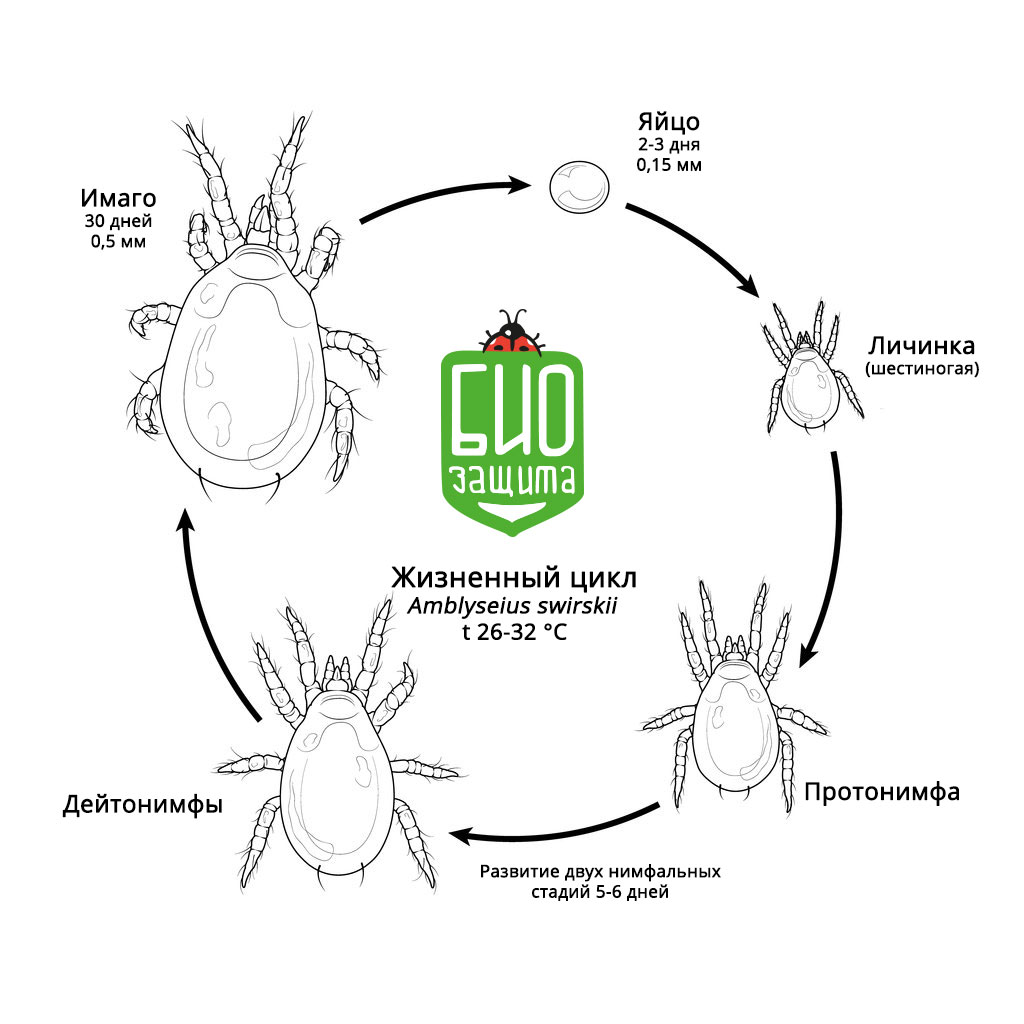
Life cycle of Amblyseius swirskii has a standard type of ontogenesis for parasitоid mites with successively changed developmental instars: egg, larva, protonymph, deutonymph, adult (female or male).
Eggs are pale white, its surface is smooth and shiny. The shape is oval, ovoid. The length is about 0.24 mm, width is 0.16 mm. The females lay eggs on the underside of leaves, between their veins, preferring trichomes.
The larvae are pale from white to translucent and have only 3 pairs of legs.
The 2d and 3d instars of pre-imaginal development have 4 pairs of legs. They are noticeably darker than larvae. The body length is 0.2-0.4 mm.
| Instar of development | The time of pre-imaginal development at a constant temperature (°С) | ||||
|---|---|---|---|---|---|
| 15 | 20 | 25 | 30 | 35 | |
| Egg | 6,0±0,09 | 3,1±0,05 | 1,7±0,05 | 1,1±0,03 | 2,0±0,017 |
| Larvae | 3±0,05 | 1,3±0,05 | 1,0±0,01 | 1,0±0,01 | 0,8±0,025 |
| Protonymphs | 6,9±0,15 | 3,2±0,06 | 2,3±0,06 | 2,2±0,05 | 1,9±0,066 |
| Deutonymphs | 7,6±0,18 | 3,3±0,09 | 2,0±0,06 | 1,7±0,07 | 2,2±0,12 |
| Total | 23,5±0,47 | 10,9±0,25 | 7±0,18 | 6±0,16 | 6,9>±0,228 |
When feeding on thrips, A.swirskii prefers the 1st larval pest development instar. Within 24 hours, the female of A.swirskii eats from 2 to 6 thrips larvae. Groups can attack the 2d larval instar of thrips. If there are whiteflies on the crop, it prefers whiteflies. The female can consume 15-20 eggs or 10-15 young whiteflies’ larvae per 1 day. Pollen is an alternative feeding source if there are no victims.
The preventive strategy is going gradually and planned. It is supposed for a continuous period. Colonization of beneficial insects is carried out in several stages by hanging sachets with a guaranteed content of 125 or 250 movable predators on each 5th or 10th plant (vegetable crops) or 1 linear meter (ornamental crops). The predators come out of a small hole in the sachets every day for 5 weeks and don’t come back. There’s a feed mix inside sachets, it provides continuous breeding of predators, that is why sachets work for 5 weeks. Due to this miniature laboratory, it is possible to create a stable population of predators on plants even without the presence of pests, it is very important for the organization of the protection system in winter-spring period because after opening the windows a mass of pests flies from outside.
The local strategy is designed for the effect of a «live insecticide» and is used during periods of pest population growth or for the rapid application on young seedlings, which have been planted near each other in the greenhouse. Beneficial insects are released at localized breeding outbreaks. For this purpose, the scattering substrate (tube or bag) with different stages of predatory mites is used evenly across the surface of the crop. Applications are carried out once in two weeks by standard 50-100 ind./m2 during the period from 3 to 8 weeks.
| Bioagent name in Latin | Prevention | Doses of the application by a degree of infection | ||
|---|---|---|---|---|
| Small | Average | High | ||
| Amblyseius swirskii sachets | 1 ind/m2 | 1 ind/m2 | ||
| Amblyseius swirskii bran | 50 ind/m22 | 100 ind/m2 | ||
| Amblyseius swirskii vermiculite | 100 ind/m2 | 150 ind/m2 | ||
| Frequency of application | Once in a month | In a week | Weekly | Weekly |
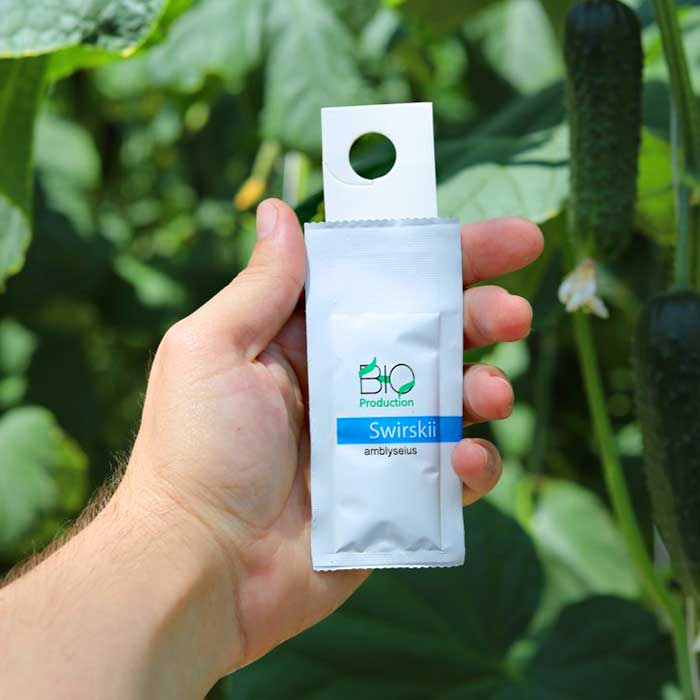
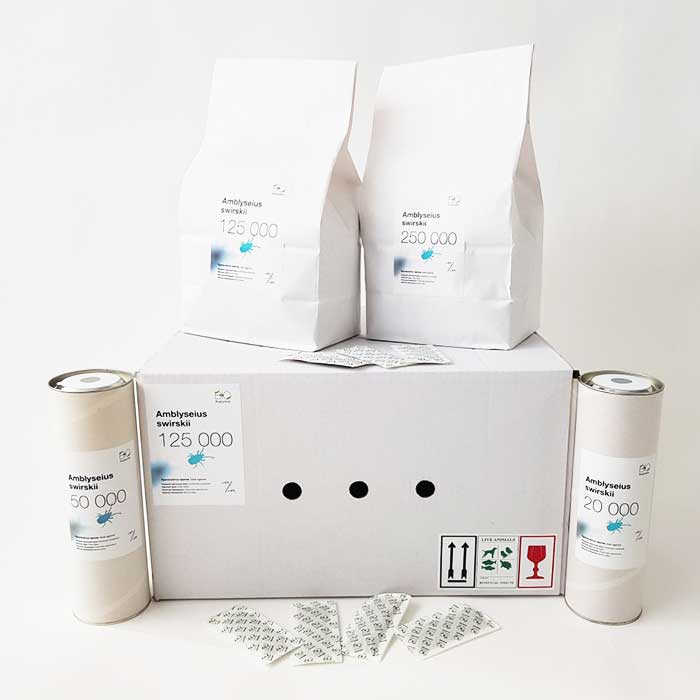
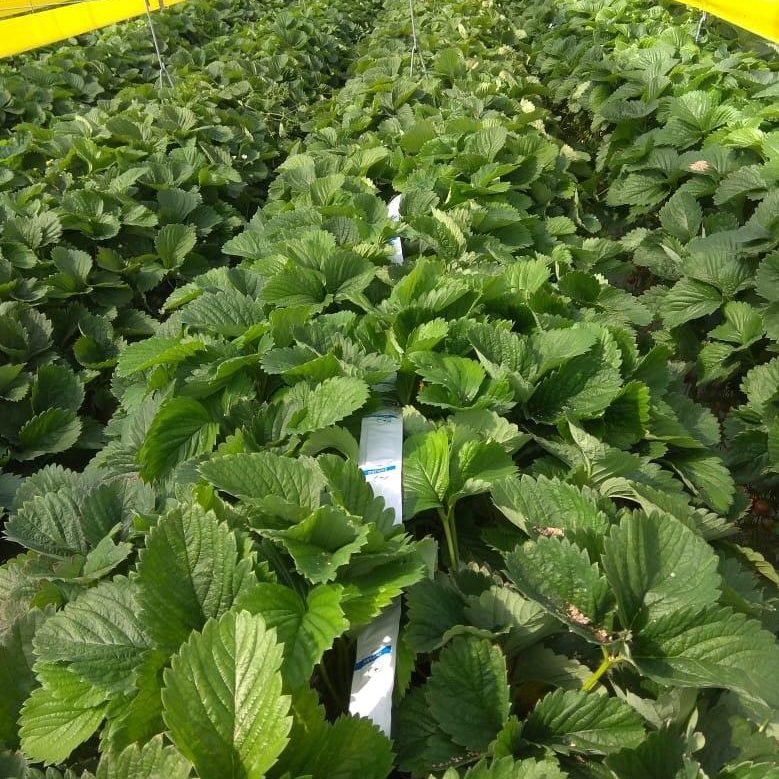
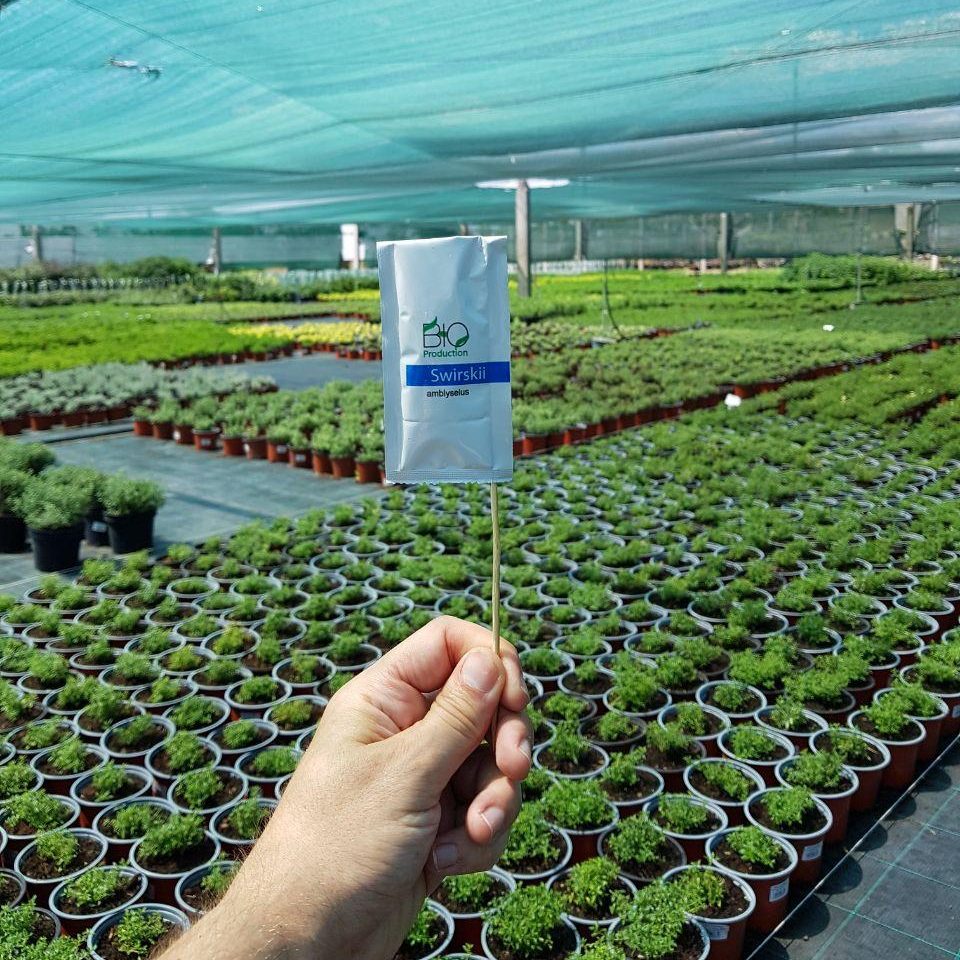
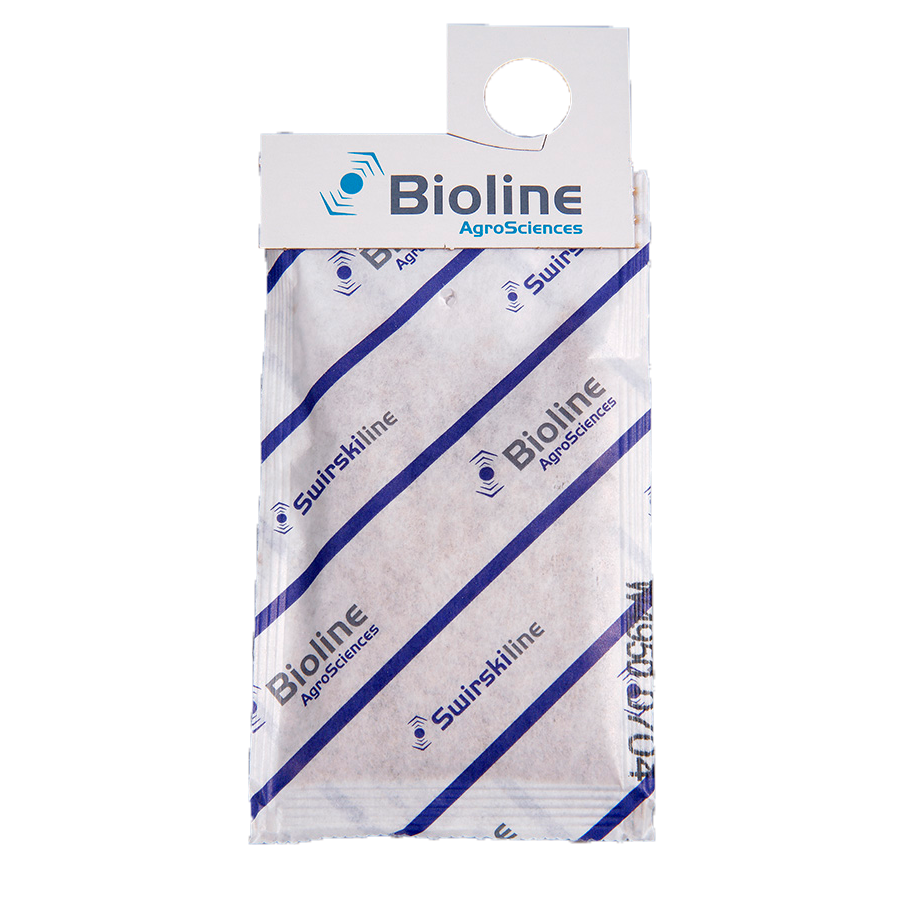
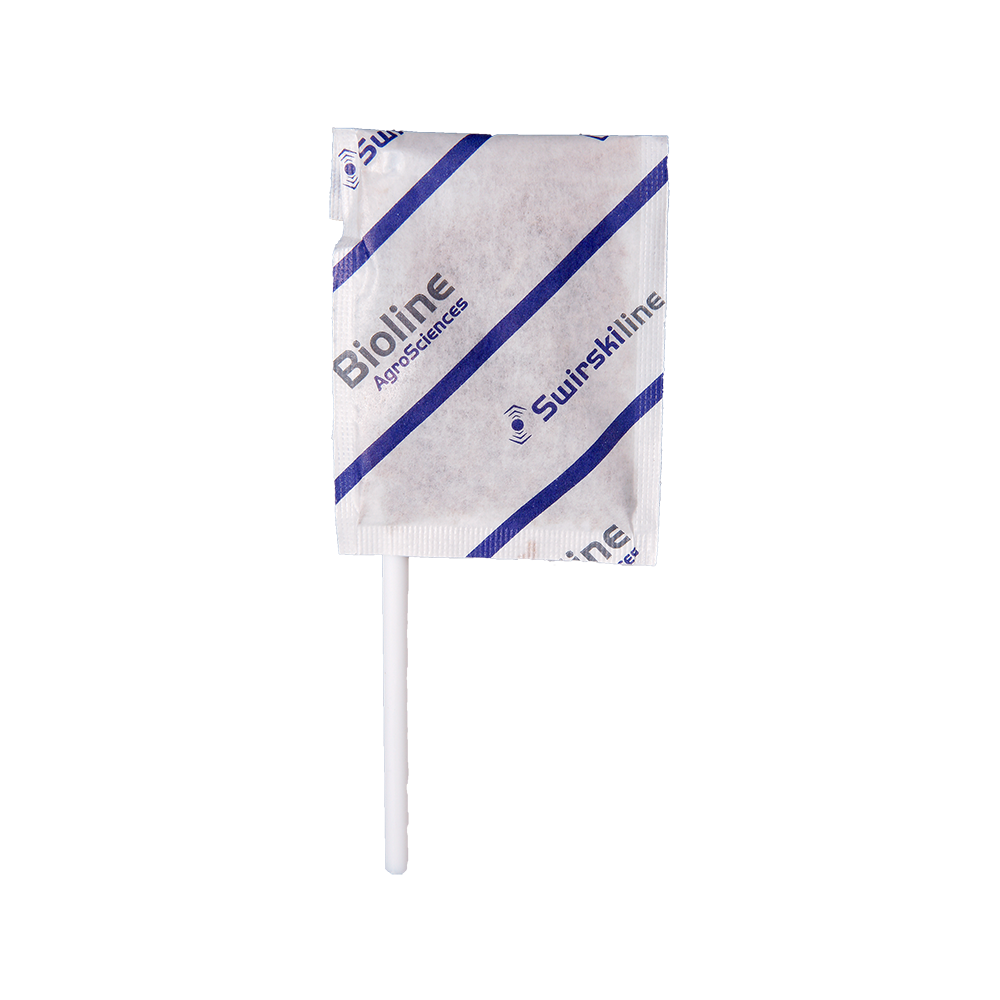
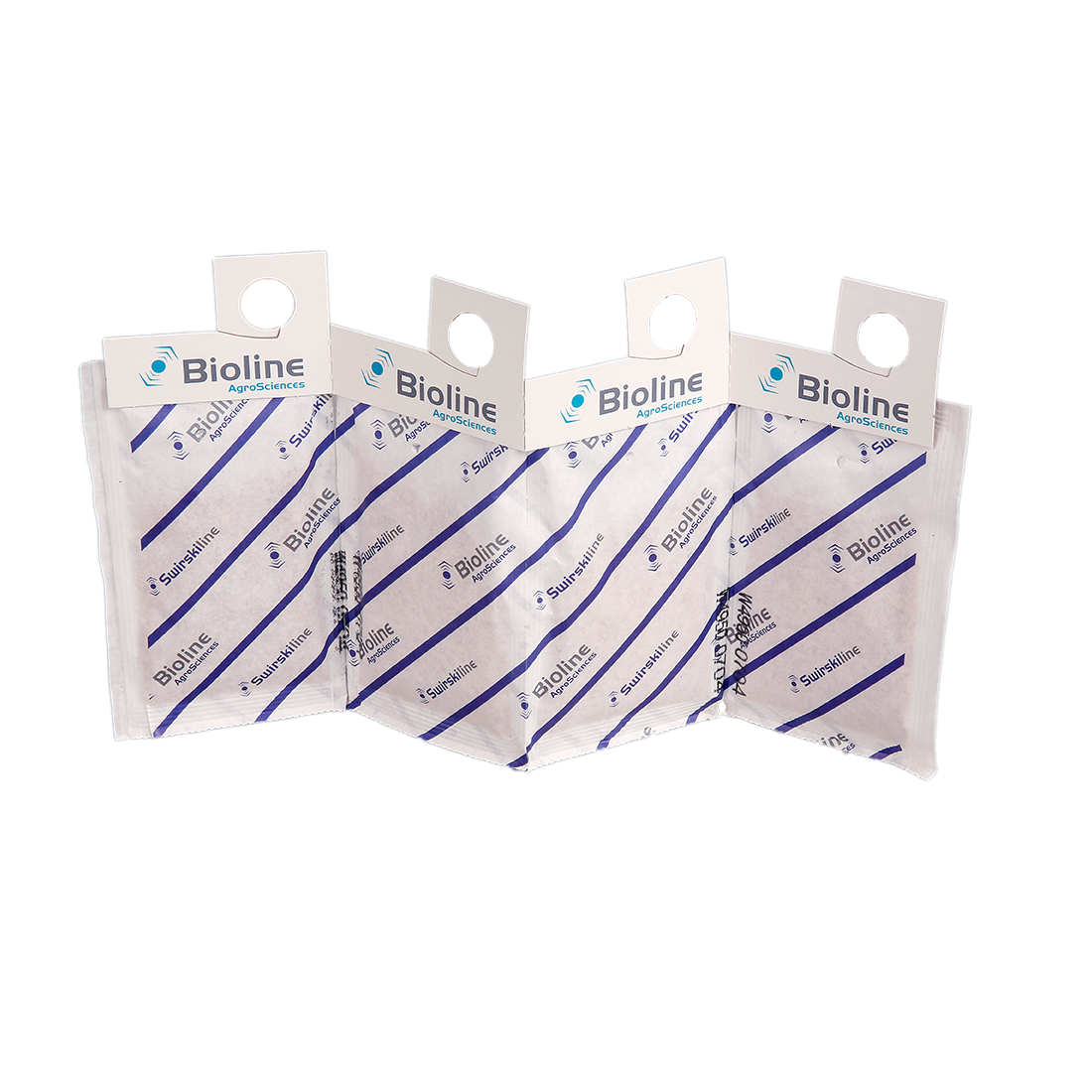
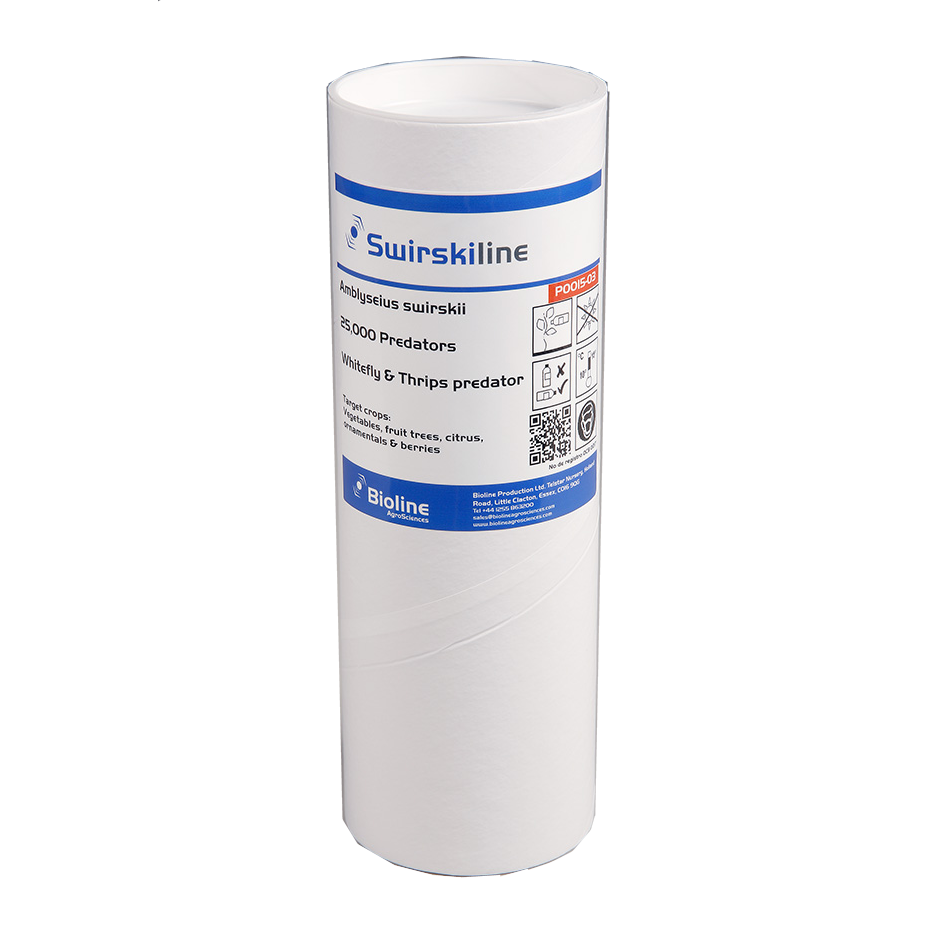
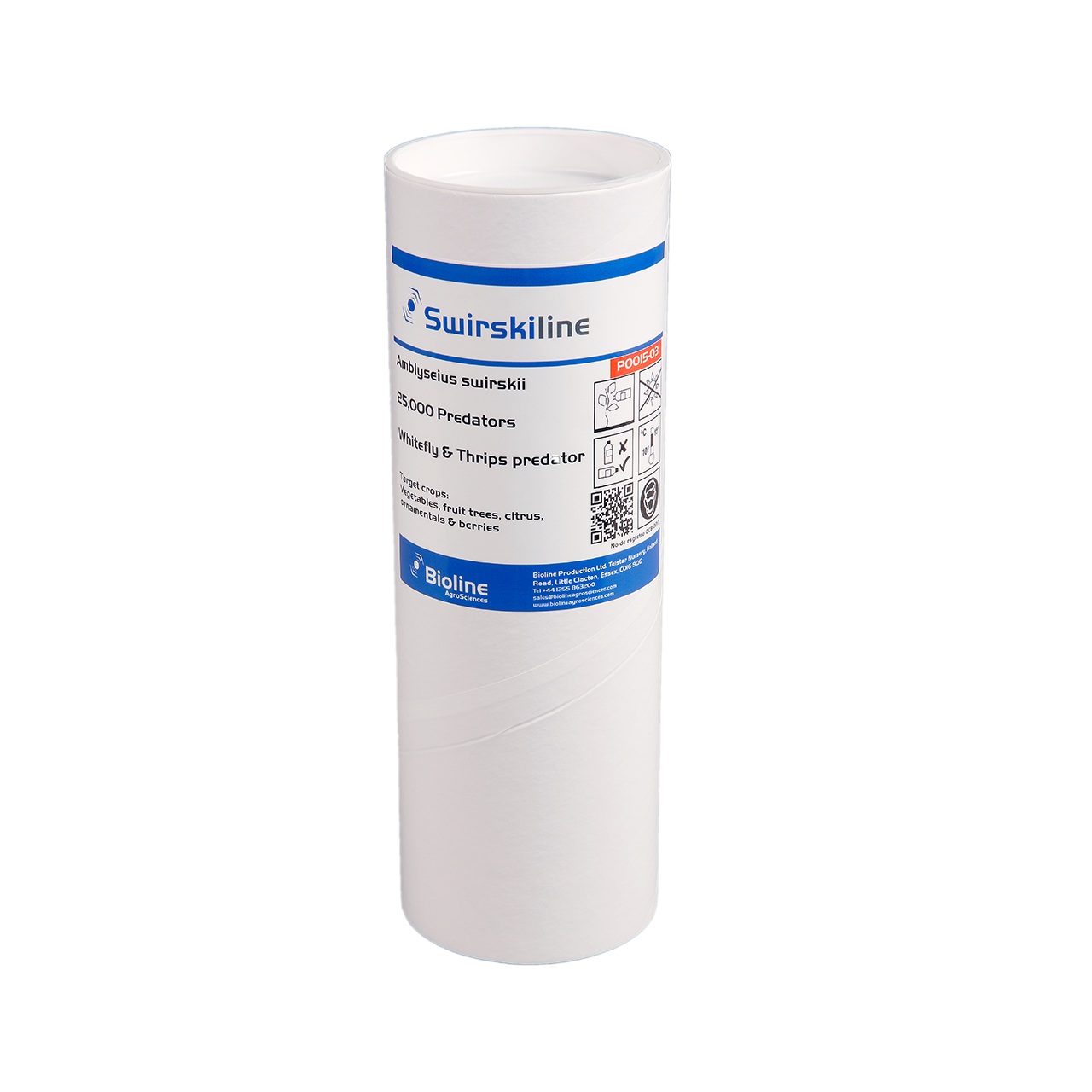
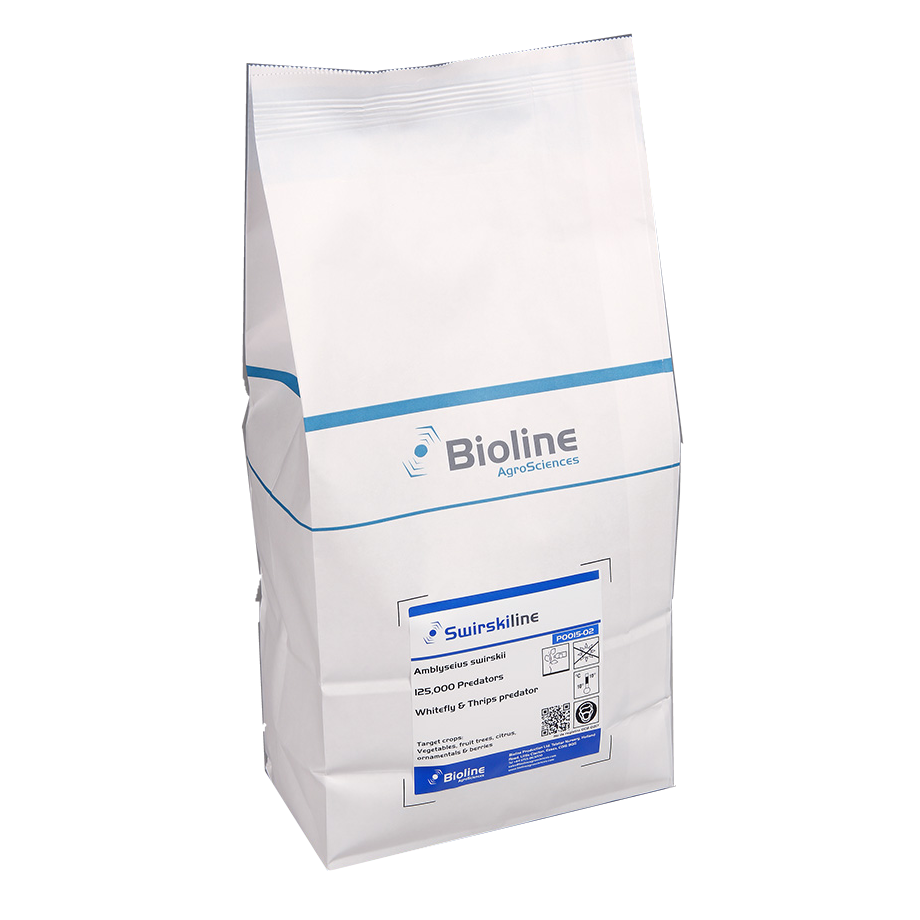
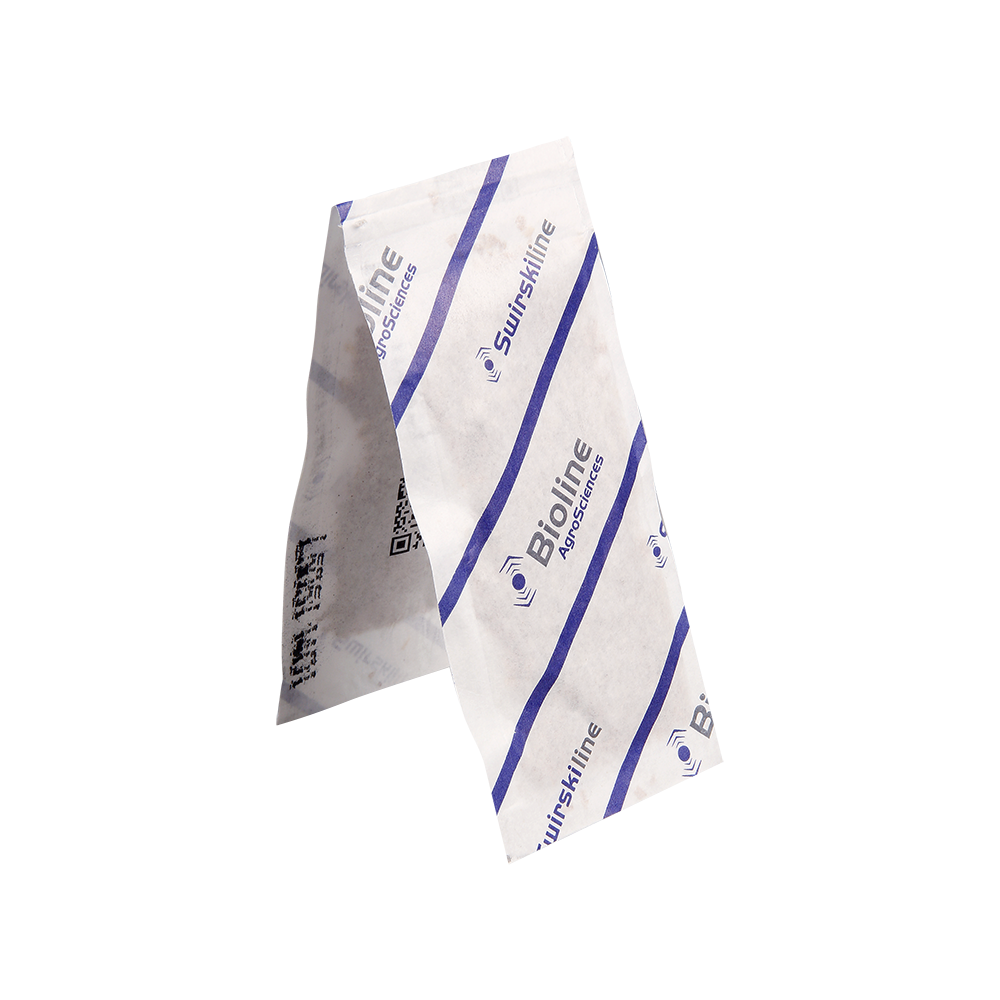
Оставить комментарий